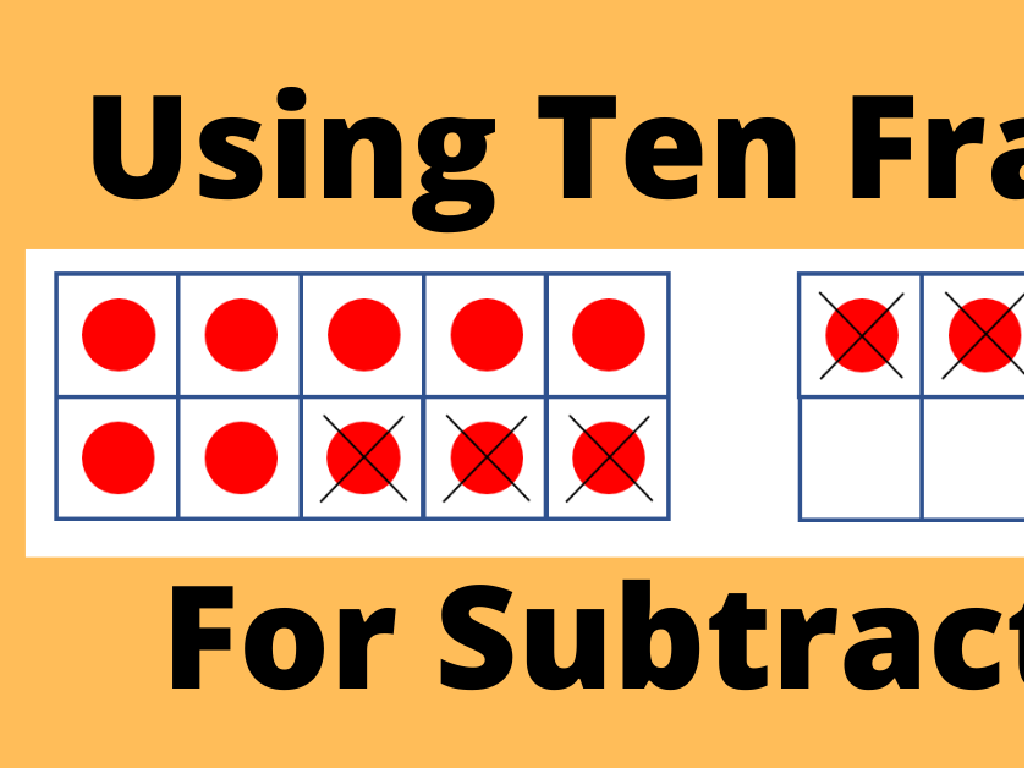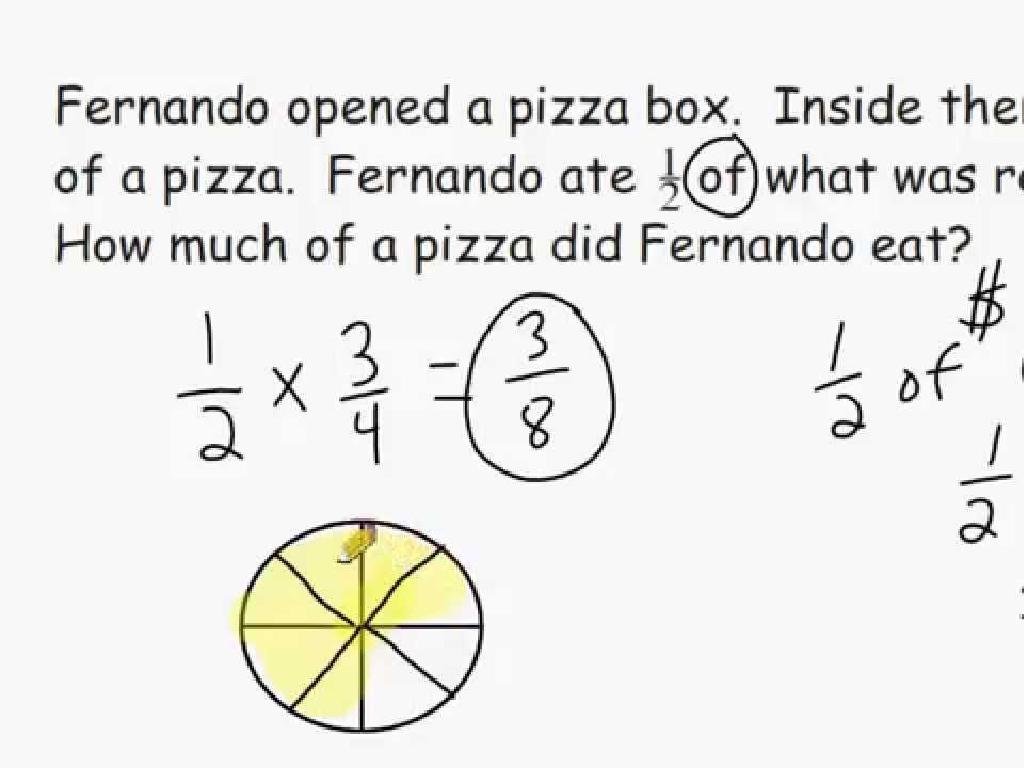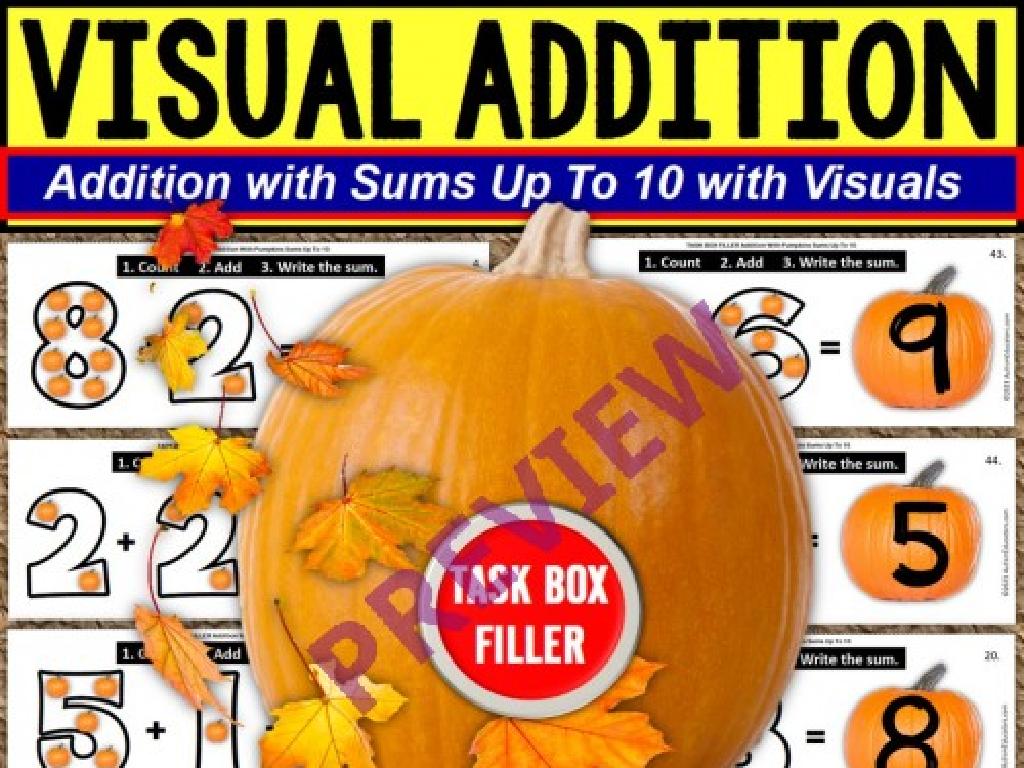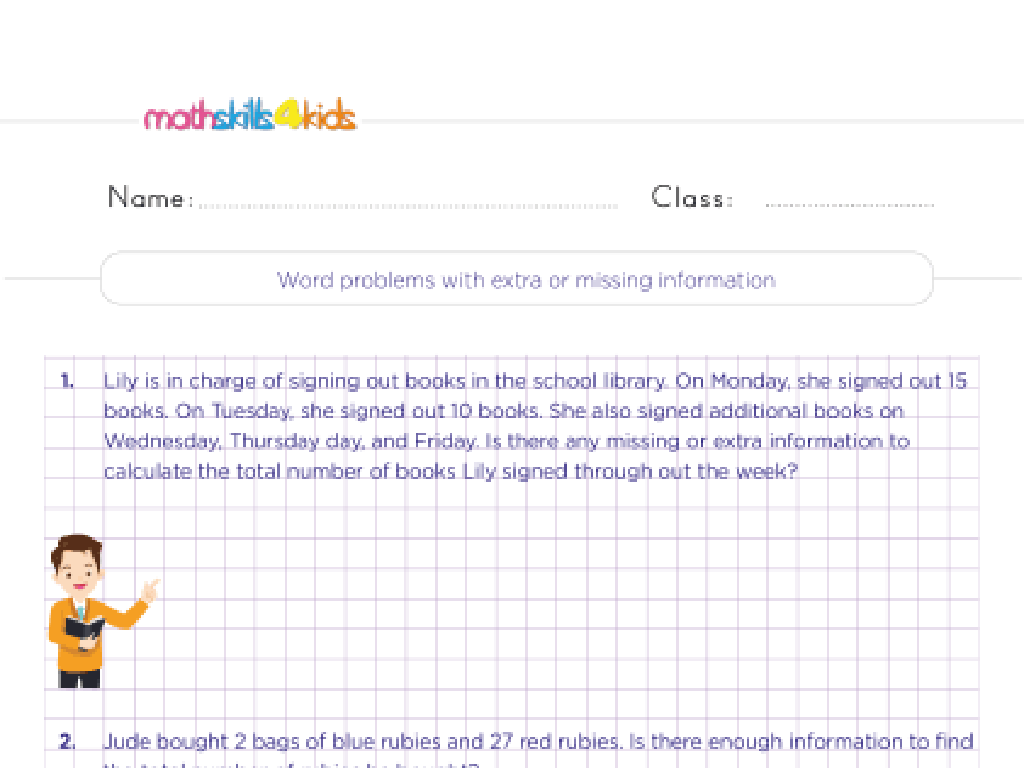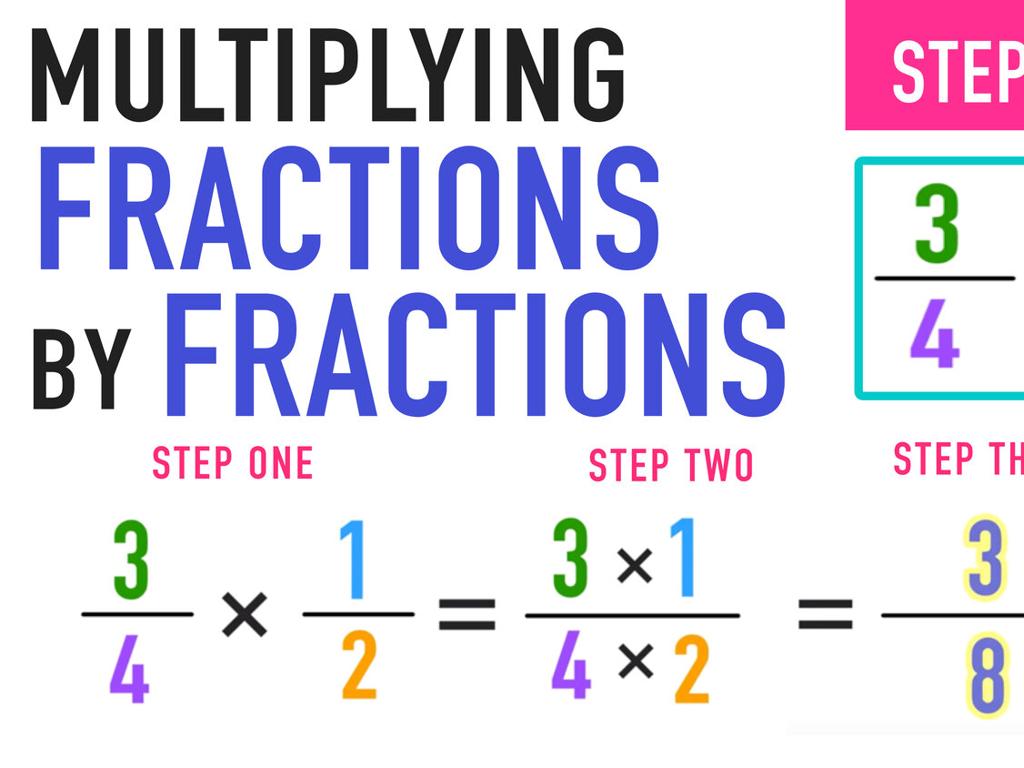Interactions Among Branches Of Government
Subject: Arts and humanities
Grade: High school
Topic: Ap /College Us Government And Politics
Please LOG IN to download the presentation. Access is available to registered users only.
View More Content
The Structure of the U.S. Government
– Overview of U.S. Government structure
– Our government is divided into three distinct branches.
– The Three Branches explained
– Legislative makes laws, Executive enforces them, Judicial interprets them.
– Checks and Balances system
– Each branch has powers to check the others, ensuring no single branch becomes too powerful.
– Significance for democracy
– This system is crucial for maintaining a fair and balanced government.
|
This slide introduces the foundational structure of the United States government, which is divided into three branches to ensure a separation of powers. The legislative branch is responsible for creating laws, the executive branch for enforcing them, and the judicial branch for interpreting them. The checks and balances system is a critical aspect of this structure, designed to prevent any one branch from gaining too much power and to ensure accountability. This system is a cornerstone of American democracy, promoting a balance of power that is essential for the functioning of a fair and just government. Encourage students to think of examples where they have seen checks and balances at work in current events or historical instances.
The Legislative Branch: Structure and Function
– Congress: Roles and Powers
– Congress makes federal laws, controls federal appropriations, regulates interstate and foreign commerce, and can declare war.
– The Bicameral System Explained
– Senate (100 members, 2 per state) and House of Representatives (435 members, based on population).
– Legislative Process: Bill to Law
– A bill must pass both houses of Congress and then be signed by the President to become law.
– Checks and Balances in Action
– Congress checks other branches via oversight, impeachment, and approval powers.
|
This slide provides an overview of the Legislative Branch, one of the three pillars of the US government. It outlines the role and powers of Congress, which include lawmaking, budget control, and oversight of other branches. The bicameral system, with the Senate and House of Representatives, ensures representation of both states and the population. The legislative process is also highlighted, showing how a bill becomes a law through various stages of approval. Lastly, the concept of checks and balances is introduced, demonstrating how Congress can exercise control over the Executive and Judicial branches through various means such as impeachment proceedings and confirmation hearings. Encourage students to consider the importance of each step in the legislative process and how it prevents the concentration of power in any single branch of government.
The Executive Branch: Powers and Functions
– The Presidency: roles and duties
– Chief of State, Chief Executive, Commander-in-Chief, and more
– The Cabinet’s influence
– Advisors to the President, each leading a department
– Federal agencies’ role
– Implement and enforce laws; e.g., NASA, EPA
– Executive orders and vetoes
– President’s power to pass or reject legislation
|
This slide aims to provide a comprehensive overview of the Executive Branch of the United States government, focusing on the Presidency, the Cabinet, federal agencies, and the President’s legislative powers such as executive orders and vetoes. Discuss the various roles of the President, including being the symbolic leader of the country and the head of the executive branch. Explain how the Cabinet members are key advisors, each heading a specific department that manages a sector of public policy. Federal agencies are crucial in carrying out the laws and policies set by the executive branch. Lastly, delve into how the President can influence legislation through the use of executive orders and the power to veto bills passed by Congress. Encourage students to think about the balance of power and how these roles and responsibilities ensure the President can fulfill their duties while being checked by other branches.
The Judicial Branch of the U.S. Government
– The Supreme Court’s role
– Highest court, 9 Justices, final jurisdiction on constitutional matters
– Structure of the Federal Court System
– Includes district courts, courts of appeals, and specialized courts
– Judicial Review
– Power to invalidate laws conflicting with the Constitution
– Law Interpretation
– Courts decipher laws’ meaning and applicability
|
This slide aims to provide an overview of the Judicial Branch, focusing on the Supreme Court, the Federal Court System, and the processes of Judicial Review and Law Interpretation. The Supreme Court, with its nine Justices, has the ultimate authority in interpreting the Constitution and its jurisdiction is final. The Federal Court System is a tiered structure consisting of district courts, courts of appeals, and specialized courts that handle cases escalated from lower levels. Judicial Review is the process by which the judiciary can declare laws unconstitutional, serving as a check on legislative and executive powers. The interpretation of laws by the judiciary is crucial in applying legal principles to individual cases, ensuring that laws are enforced consistently and in line with constitutional values. Encourage students to consider the impact of landmark Supreme Court cases and how they have shaped current interpretations of the law.
Checks and Balances in U.S. Government
– Prevent tyranny of one branch
– Designed to ensure no single branch becomes too powerful.
– Checks and Balances examples
– Veto power, impeachment, judicial review illustrate checks and balances.
– Interbranch power dynamics
– The complex relationship between the legislative, executive, and judicial branches.
– Impact on policy and law
|
This slide delves into the system of checks and balances, a cornerstone of the U.S. Constitution designed to prevent any one branch of government from gaining too much power. Provide historical context and explain how this system is crucial for maintaining a balance of power. Use concrete examples such as the President’s veto power, Congress’s ability to impeach officials, and the Supreme Court’s judicial review authority. Discuss how these checks and balances shape the interactions between branches and ultimately influence the creation and interpretation of laws. Encourage students to consider current events where these dynamics are visible and to think critically about how this system impacts governance and their daily lives.
Interactions Among the Branches of Government
– Legislative checks on branches
– Congress can override vetoes, approve appointments, and impeach officials.
– Executive influence on law and courts
– The President can veto legislation and appoint judges.
– Judiciary’s oversight role
– Courts can declare laws or actions unconstitutional, checking the other branches.
– Balance of power in government
|
This slide aims to explain the complex system of checks and balances within the U.S. government. The legislative branch has several powers to check the executive and judiciary, including the ability to override presidential vetoes, approve appointments, and impeach officials. The executive branch, headed by the President, can influence legislation through veto power and shape the judiciary by appointing judges. The judiciary, through judicial review, can oversee and nullify laws and actions of the other branches if deemed unconstitutional. This ensures that no single branch becomes too powerful, maintaining a balance within the federal government. Encourage students to discuss recent examples of these interactions to illustrate the practical application of these principles.
Historical Case Studies: Branch Interactions
– Marbury v. Madison case
– Established judicial review, enhancing the judiciary’s role.
– Watergate Scandal overview
– Congressional oversight during Nixon’s presidency.
– Recent Executive Orders
– Examples: immigration, environment, national security.
– Impact on government branches
– How these orders have affected legislative and judicial actions.
|
This slide examines key historical events that illustrate the interactions among the branches of the U.S. government. The Marbury v. Madison case is pivotal for establishing the Supreme Court’s power of judicial review, allowing the judiciary to invalidate laws conflicting with the Constitution. The Watergate Scandal is a prime example of Congressional oversight in action, leading to President Nixon’s resignation. Recent Executive Orders should be discussed with examples that highlight their influence on national policy and the subsequent reactions from the legislative and judicial branches. This slide aims to provide students with concrete examples of how the checks and balances system operates in practice, encouraging them to think critically about the dynamic power relationships within the U.S. government.
Class Activity: Mock Government Exercise
– Divide into three branch groups
– Present checks on other branches
– Discuss policy shaping
– Reflect on the balance of power
|
In this class activity, students will be divided into three groups, each representing one of the branches of the U.S. government: Legislative, Executive, and Judicial. Each group will be tasked with presenting how their branch can check and balance the powers of the other two branches. After the presentations, there will be a class discussion on how these interactions among branches shape public policy and maintain a balance of power within the government. This activity will help students understand the practical application of checks and balances and the importance of each branch in policy-making. Possible activities for different groups could include drafting a bill, vetoing legislation, or ruling a law unconstitutional. Encourage students to think critically about the real-world implications of these interactions.

